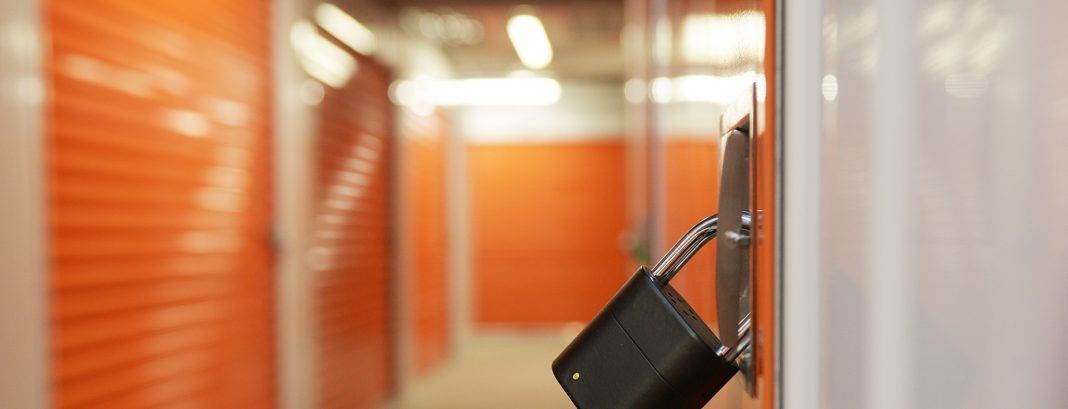Is there science behind determining the unit mix at a Self Storage facility?
How is unit mix derived? Whose job is it to work it out? Are professionals any real help?
These questions should be considered when you design your first Self Storage facility or expand your existing site
Who’s job is it to work it out?
Firstly, not an architect. These guys are great at designing buildings but very few have any unit mix experience. We would contend that the majority don’t have any real Self Storage building experience either and miss basic concepts like site intensification and much more. Over the years We have seen some poorly designed Self Storage sites designed by well-meaning but ignorant architects.
Research is key.
Secondly, not Shed builders. They fit into the first category – Inexperienced. Can they build sheds? of course, but the modern-day Self Storage site is so much more than a row of sheds. Security, corridor and door design, driveway and layout all dictate that a professional Self Storage builder should do the job. Major design mistakes cannot be undone once the buildings start. Seek out professional Self Storage builders like Steel Storage, who have built hundreds of successful Self Storage buildings.
In the USA, Paul Darden is a very successful Self Storage owner with a penchant for analytics, he also owns Storage Income Pros, the makers of District Manager. His story uses imperial measures and Paul takes up the story…
Years ago, I did studies in areas where the occupancies were in the 90% range. At that time the average demand was 5.5 Square Feet per capita living in the 3 mile trade area. Since then it has gone up to 6 to 6.5. The Self Storage Association found that in America, one out of every 10 households has a storage unit. Again, the number of households for a facility will have unique boundaries base upon traffic patterns, roadways, rivers, physical and psychological barriers.
One then must estimate what the boundaries are, get the population number and household number for that area. Divide the number of occupied square footage or in your case square metres, by the occupancy under a healthy normal market like we have now. This gives you some idea what healthy demand is.
Future demand for a specific location, must be based upon how many families or people would normally go to a particular location based upon the trade area described about, deducting those people that would go to other facilities inside, near, or just outside that trade area. Typically, we would use concentric circles around each of the competitors for 1, 2, and 3 mile radius. In our trade area, 60% of the users that we would capture (those amounts after the competition has siphoned off ones based upon their proximity) come from the first mile. 10-20% of our customers would come from mile 1 out to mile 2 again siphoning off the competitions draw from that area. Finally, 10% from mile 2 out to mile three which typically has 50% to 75% siphoned off by the competition. Anything over that would come from people outside the 3 mile radius. This is for urban areas. In rural areas, the radius would extend out 15 miles or more. An example of two facilities within a mile of each other, might split evenly the number of people that would be available (less the competitor’s pull) within the first mile of each facility.
Now to be safe, we would need to see that there was twice as much demand for our location than we were going to build. The reason for this was we never know when another facility might sneak in right next to us in an abandoned building or some vacant block. Check local council records to see if there are any DA’s out for your area. If they did then, we both would have enough demand to be successful. In dense urban areas like Sydney, the demand numbers within a 5 minute drive time would be very high, since there is a very large concentration of families.
Incomes can determine what size and type of unit the customer will need. The customer must have the discretionary income to pay the higher prices for climate control or larger units. This gets into unit mix analysis which we have computer analysis separate for that, based upon highly successful storage locations.
If you are already operating, analyzing the unit rental data from your Self Storage software like SiteLink will guide the unit mix for the next stage. Do not use anecdotal information like “I think we need more 3×3’s which is common! District Manager can also be used to look at unit history time to re lease and much more, adding real insight into what to build
There is science to Unit mix.
consider this: The Self Storage industry has been active for 30 years in Australia. Many sites are not more than 80% occupied. Why?
The unit mix is wrong. Over time the needs of storers change and new entrants should consider carefully what the unit mix needs to be to maximize income and let up during the initial let up period. Getting the unit mix right is essential to Self Storage Success.
Save 20% as your last stage and review what is renting. Build more of that and you will enjoy higher occupancies.







